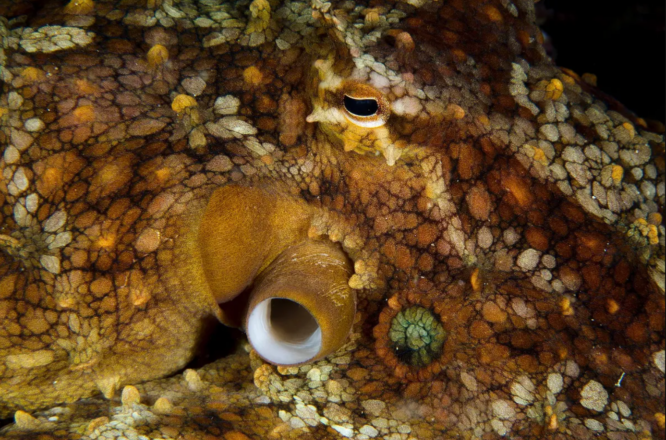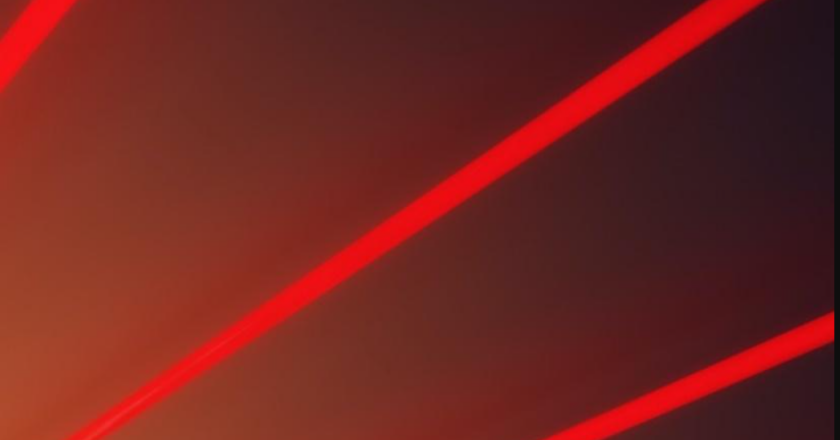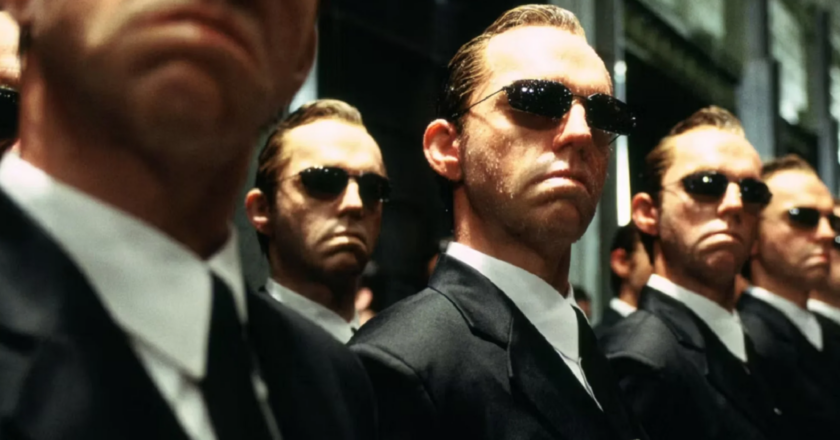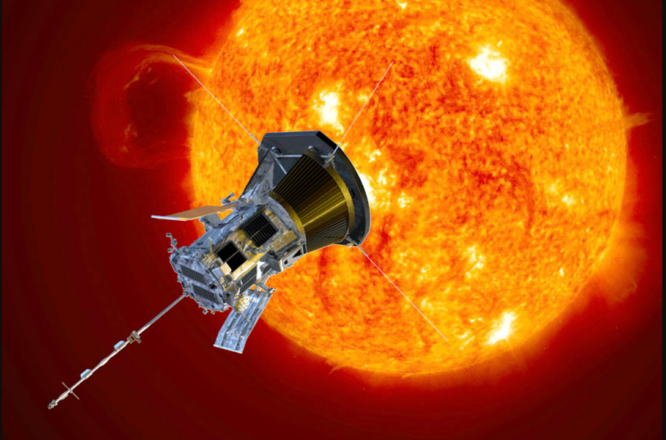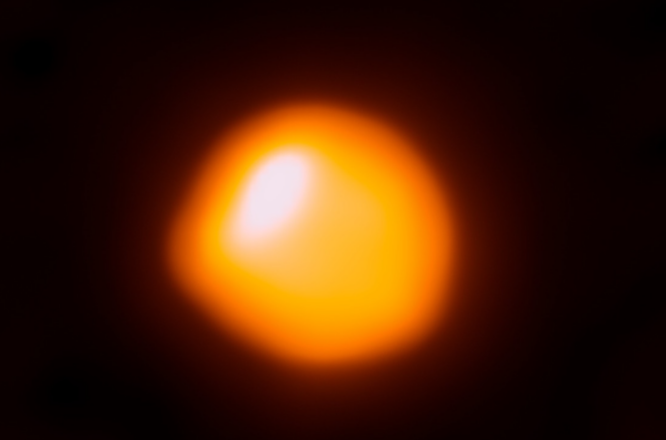Plasma “Chirps” on Both Earth and Mars, and Scientists May At Last Understand Why 2023
Ninety-nine percent of the cosmos is plasma. In an article published Tuesday in Nature Communications, researchers modeled this subatomic slosh's radio chirps on Mars.
Earth's peculiar. It has a thin neutral gas film where humans live and breathe. But soar hundreds of miles above the planet's surface, about between Paris and Amsterdam, and you begin to confront a difficulty. The deepest Van Allen radiation belt was identified in the 1950s before the Apollo missions. There are two or three belts.
These chirps disclose plasma's secrets and most of space's. Thousands of miles above Earth, this occurrence is a mystery. The plasma in the Van Allen radiation belts is harmful to satellites and astronauts, thus it's crucial to examine. It can also effect our life on Earth.
Jacob Bortnik,...



